Did you know that a full moon ALWAYS rises at sunset and sets at sunrise? (Think about it…that’s why it’s full…it’s opposite the sun in the sky.) Did you know that a new moon ALWAYS occurs exactly two weeks after (or before) a full moon? And every other phase of the moon is set like clockwork, too. Half full moons are always out for half the night. Waxing half moons set at midnight, while waning full moons rise at midnight. Crescent moons always appear near the horizon at sunset or sunrise.
Always.
The night sky is very important in my newest novel. My characters stare up at the dazzling stars often, and the questions they ponder are important to the story. But the stars don’t dazzle when the moon is full (or when it’s out at all, for that matter—and this is doubly true within bright cities). So its important for me as the author to know which times of the night my characters can expect to see the Milky Way and which times of night they can’t.
Maybe this isn’t important to you, or to your characters. Authors constantly have to choose details to be concerned about, and details which are largely irrelevant to the story. For me, with my new novel, getting this aspect right was not only critical to believable storytelling, but a matter of pride. Very few readers will notice any discrepancy when it comes to moon phases. If I were to have a fallacious half moon rising at sunset in my story, who cares? But I would know. For me, it’s one of those details about the physical world that I notice. And if I don’t want to drive myself crazy, I best have my moon ducks in a row.
A funny corollary, if you will: I’ve been watching the Fox show LAST MAN ON EARTH, which is supposed to take place in Tucson. I’ve lived in Tucson. I know Tucson. That show CLEARLY doesn’t take place in Tucson. The Old Pueblo is blanketed with the iconic gem of the Sonoran Desert: saguaro cacti. I’ve never seen a saguaro appear on the show. Instead, I see Joshua Trees, which is completely ridiculous because those only appear in the Mojave Desert, which is mostly in California and Nevada.
Anyway, does this detail matter to the show? Maybe, maybe not. Probably not. But it’s a good example of how getting the facts wrong can become a distraction for members of your audience. Why distract them if you can get the facts right with a little research? For TV, there are reasons: Fox can’t film in Tucson, but Palm Springs and on-location sets closer to LA make sense. But for authors who work with blank pieces of paper and a pencil, we have no such excuse. It costs us nothing to get the facts right.
Moon phases can hurt the brain if you think about them too hard. But the pattern is real and it’s set. I developed the following chart for myself for use in my revisions, and it was helpful in getting a few extra details in place. This diagram is crude. Times are approximate, and would vary depending on latitude and time of year. This is also only accurate for the Northern Hemisphere (the pattern would be reverse Down Under). But the progression is locked no matter where you are. Please feel free to consult this crude diagram yourself. Let me know if you do, and if you found it helpful! You may notice how the progression of moon phases in my new book start with a description on page 39. The moon phases then progress from here onward in the story, each new phase correctly corresponding chronologically with the reality of how the moon really works. I’ve included a few example lines from the story to show you what I mean.
One last point worth articulating: this tool shouldn’t become a distraction from your storytelling. Don’t allow getting the facts right to take your reader out of the narrative. What I was principally concerned with in my writing was the times of night when the sky was darkest—I am not interested in acting as an almanac for the reader. Does that make sense? Weaving these sorts of details into the story should be done smoothly and only when necessary. Otherwise they become the very kind of distraction you were trying to avoid, anyway.
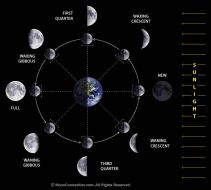
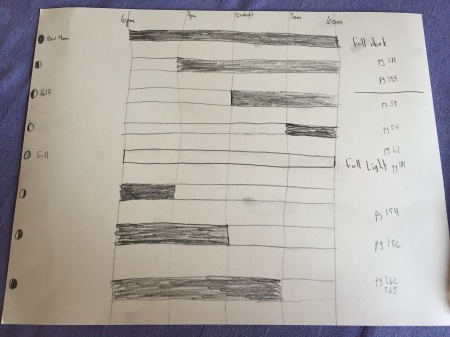
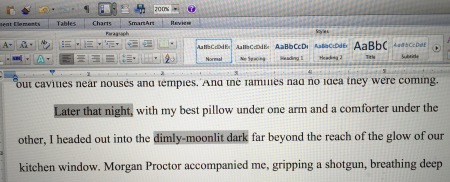
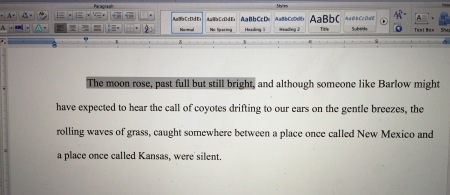
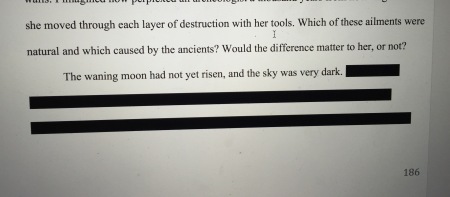
 docking here at
docking here at 





